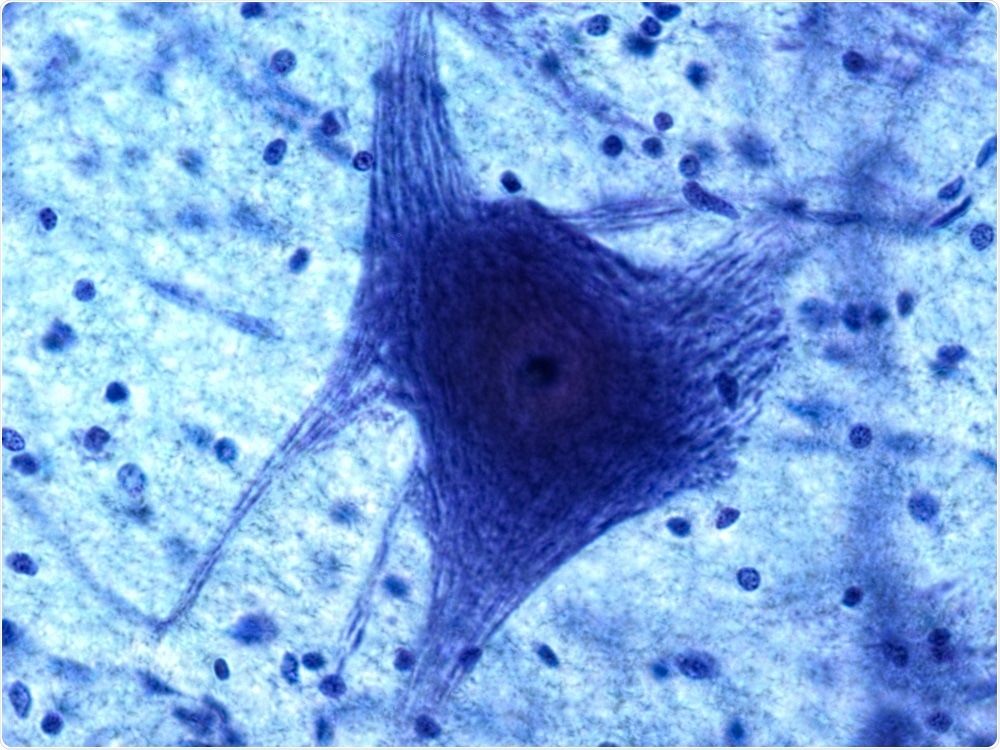Sep 5 2017
A study conducted by a team of researchers at the New York University has found an unexpected source for the development of the brain. According to the research, which was published in the journal Science, a group of non-neuronal cells called glia, which were previously considered as passive support cells, are important for the development of nerve-cells present in the brain.

© Christopher Meade / Shutterstock.com
The finding is expected to offer novel insights into the structure of the nervous system.
Vilaiwan Fernandes, the lead author of the study and a postdoctoral fellow in the Department of Biology at the NYU commented that the results will enabled researchers to revise the usual neuro-centric view of brain development to appreciate the contributions for non-neuronal cells like glia.
Only when the glial contribution is accounted for, could the basic queries on brain development in relation to the identity, timing and coordination of nerve cell growth be understood, she added.
Nerve cells or neurons and glia are the two broad cell categories that make up the brain. Glia constitute more than 50% of the volume of the brain, but neurobiologists had the tendency to focus on the nerve cells as they form the networks which process information.
Although, as the majority of the cellular make-up of the brain are the glia, the new study hypothesized that these cells might play a vital role in the development of the brain.
In order to explore the possibility, the NYU researchers, examined the visual system of fruit fly – a species that acts as a powerful model organism for this type of study as its visual system is similar to that of humans and has repeated mini-circuits which identify and process light across the whole visual field.
Scientist have a special interest in these dynamics; since as the brain develops, it is expected to coordinate the upsurge of nerve cells in the retina with other nerve cells in distant parts of the brain.
The findings of the study suggest that a population of glia aids in the coordination of the growth of the nerve-cells by transmitting signals from the retina to the brain to convert cells in the brain to nerve cells.
Claude Desplan, senior author of the study and a NYU Biology Professor stated: "By acting as a signaling intermediary, glia exert precise control over not only when and where a neuron is born, but also the type of neuron it will develop into."